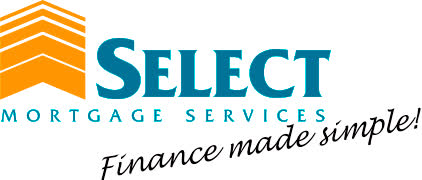Negative Gearing: A Cog in the Investment Property Machine
Image Source: Pixabay
Since the Labor Party launched their negative gearing policy earlier this year, the term has been used widely in the media and throughout the current political campaign. While there has been a myriad of opinions both for and against the policy, there is no doubt about the significance ‘gearing’ has on the property market. ‘Gearing’ affects everything from rental and house pricing, to rental vacancy, and to housing supply and affordability.
But what is ‘gearing’, and what can it do for you?
The financial reality of the property market means taking out a loan has become a part of the Australian way of life. This is true for first home buyers, second home buyers, and investors who cannot afford to purchase a property outright.
However, the concept of ‘gearing’ only applies to Australians who invest in property.
The term ‘gearing’ can be understood as borrowing money to buy an asset, and using the rental income to offset the costs of property ownership. ‘Gearing’ aims to create a profit for the investor through generating rental income as well as long-term capital gain, but requires a stable high income to maintain ongoing costs. The three types differ depending on the income you earn through your investment, which includes positive, neutral, and negative gearing.
Positive gearing refers to an investment property making more in rental income than interest repayments and maintenance costs, meaning it generates more income than a loss. Investors with a positively geared property gain a short-term payoff and an additional revenue stream. However, the profits made from these houses are taxed each year on an individual’s tax return. Furthermore, when selling these investment properties in the future, you may be subject to Capital Gains Tax (CGT) if you have received capital growth.
Neutral gearing is where the amount the owner receives in rental return is the same as the interest and other expenses paid. In this case, there is neither a tax advantage or disadvantage.
Negative gearing refers to when the cost of owning a property exceeds the rental return it generates. According to Australian tax law, you may be able to claim the interest portion of your loan repayments as well as maintenance and other expenses on tax, provided the property is available for rent. The loss acquired from a negatively geared property can be offset against your income, so you receive tax savings to minimise the fallout. While negative gearing has long-term payoff prospects, low-interest rates, and a potential for development, there are various risks involved. You will need to cover extra costs if you are unable to fill the rental gap, if the property value falls dramatically, or if interest rates take a massive hike the rent won’t cover.
Negative gearing has been receiving a lot of attention in the current election campaign, with a heavy emphasis on housing affordability and tax incentives. While the abolition of negative gearing may increase the cost of maintaining investment property and potentially raise rent prices throughout the country, it can improve housing affordability for first home buyers.
While ‘gearing’ may have financial benefits, choosing to invest should be a well thought-out decision. Knowing your personal circumstances and being able to align your investment strategies to match, will aid you the most. Seeking professional advice to help you through the process of deciding whether investment in property will benefit your goals is essential.
At Select, we tailor packages to suit our client’s needs. If you are interested in discussing your ability to invest in property or are unsure about what you can afford, organise a no-obligation free appointment with one of our friendly brokers to assess how we can help you achieve your financial goals.

